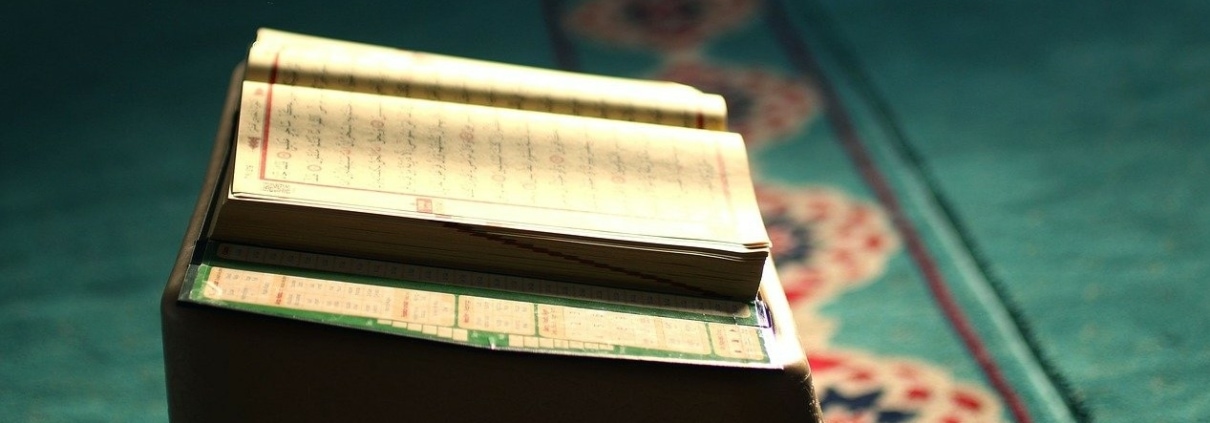What does the word "adornment" (zeena) in the Qur’an refer to?
Hanafi Fiqh
Answered by Ustadha Zaynab Ansari
Question: Assalamu alaikum.
I have recently came across different interpretations of the meaning of the word “adornment” in the Qur’an. Does it refer to jewelry and makeup etc or something else? I have started to doubt whether I should wear hijbs with patterns such as polka dots, flowers etc.Are they permissible?
Answer: In the Name of God, the Gracious, the Merciful
Dear Sister,
Assalamu alaikum,
Thank you for your question.
Ostensibly, patterned hijabs would fall under the category of “illa ma dhahara minha,” in verse 31 of Surat al-Noor, wherein Allah Ta’ala says, “And say to the believing women that they should lower their gaze and guard their modesty; that they should not display their beauty and ornaments except what (must ordinarily) appear thereof…”
I consulted Tabari’s tafsir and Raghib’s Mufradat to get a better sense of the definition of the word “zeena,” or adornment. Generally, adornment is that which has the effect of beautifying the person and is the opposite of something that mars or blemishes. There are different types of adornment, such as intellectual, mental, and physical. Intellectual and mental adornment include beautifying oneself with good manners and virtues. Physical adornment consists of two kinds: that which is hidden and that which is apparent. Hidden adornment would include the hair and breasts, for example, and jewelry, particularly the kind that jingles and attracts attention.
However, an exception is made for what would be considered an acceptable amount of jewelry that a woman might normally wear all the time, such as a ring or single bracelets. Additionally, adornment which is already apparent also refers to that part of a woman’s attire she would wear under ordinary circumstances, or something which is pre-existing.That is why if one’s garment or scarf is patterned, it would fall under the category of what is already apparent.
Islam is not a religion of hardship and given the cultural, geographic, and income diversity found in the Muslim world, someone would be hard pressed to say that Muslim women’s clothing must all be the same color, pattern. etc. What is more important is for you to gauge if you’re presentable, comfortable, and professional vs. made up. We women know the difference between clothing that is neat and attractive (within limits) and clothing that is revealing and inappropriate.
See also: Can Women Wear Colorful Clothing? and: Modesty: Kohl, Jilbabs, and Allah
I hope this helps.
May Allah reward you,
Zaynab Ansari
Checked & Approved by Faraz Rabbani
